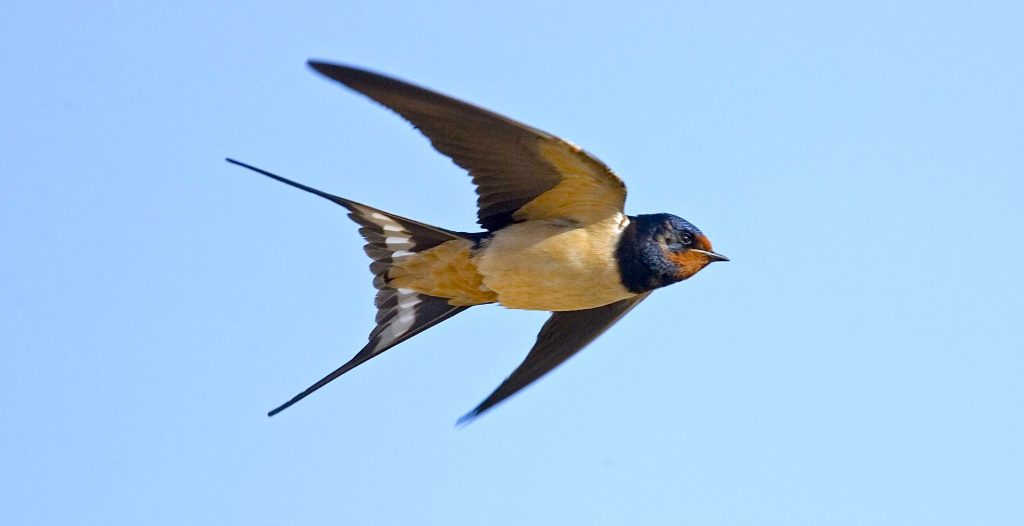
When I lived in America, I thought a swallow was what followed chewing food or sipping on a favorite beverage. I guess, maybe under hypnosis, I might be able to retrieve some reference to a bird, maybe in a poem or a folk song. But ‘swallow’ back then called up an empty image, maybe like ‘neutron star’ or ‘pineal gland’, neither of which do I have a clue what they might look like.
Among the many surprises which moving to Japan has blessed me with is my new found acquaintance with swallows — the bird, not the muscular movement of the esophagus.
They are everywhere here, at least out in the farm country where I live, particularly this time of year! Everyday, usually in the morning — I’m not making this up — I can go out on my porch and watch 20 or 30 or 40 of these lovely creatures gracefully swirling over the rice field in front of our house. Masumi, my wife of over 12 years, says they are feeding on the insects which likewise swirl — though not as gracefully — over the field, which just has matured and produced a generous bounty of rice, soon be harvested.
Swallows eat on the fly . . . literally! They feed exclusively on airborne insects, so they nourish themselves while in flight. They are feeding on the abundance of yummy insects, inhabiting the airspace above the fields of rice and soybeans, which are the dominant crops for our farming community.
Swallows are migratory. Which means, we start to see them in spring when they return from wherever, then they disappear again in the autumn. I mean, they are really migratory, since they can travel 200 miles (320 km) in a day, sometimes as far as 6000 miles (9656 km) in a single migratory cycle. Some simple calculation suggests that swallows I’m seeing now could end up in Australia or New Zealand in December and January. Pretty amazing!
Of course, the first priority for swallows when they return our way in spring is setting up a household and making baby swallows. With great industry and innate engineering skills, they construct out of mud and sticks a nest that looks like this.
It will be attached at the top of an eave or a porch, protected from inclement weather and high enough to foil any predators. This past spring, swallows considered our car port as they scouted for optimal places to build their nest, but apparently decided against it. I suspect our three cats were a major factor in discouraging setting up at our place.
Before I end this piece, I want to return to how beautiful our species of swallows are in flight. There are many different types of swallows but it’s our good fortune to have a variety that is so sleek and graceful, it takes your breath away. Ours have these long, elegant wings. They look more like a T-160 than an F-22 and fly very fast, though I doubt they can go supersonic. But despite their speed, or maybe because of it, their flight paths are very even, not jerky or flitty like most birds. Watching them never fails to put a big smile on my face.
Maybe I’m just easily entertained.

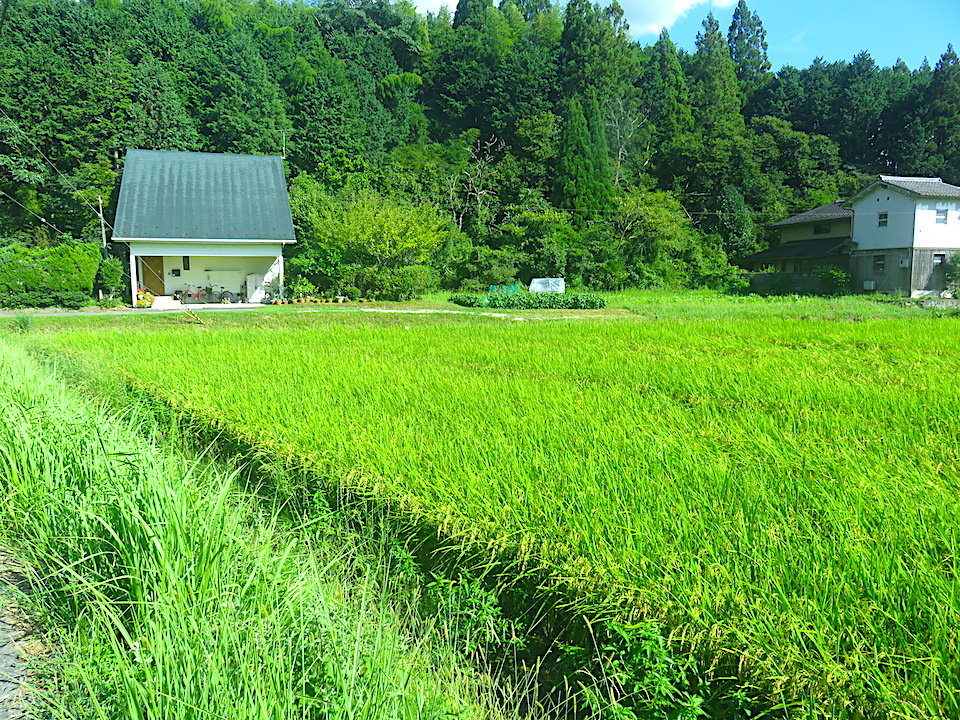





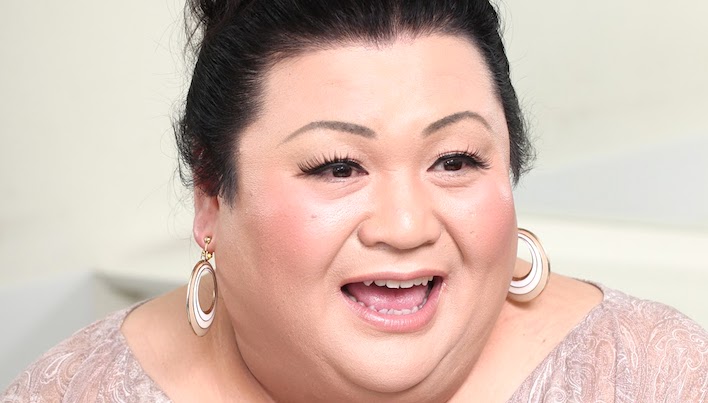
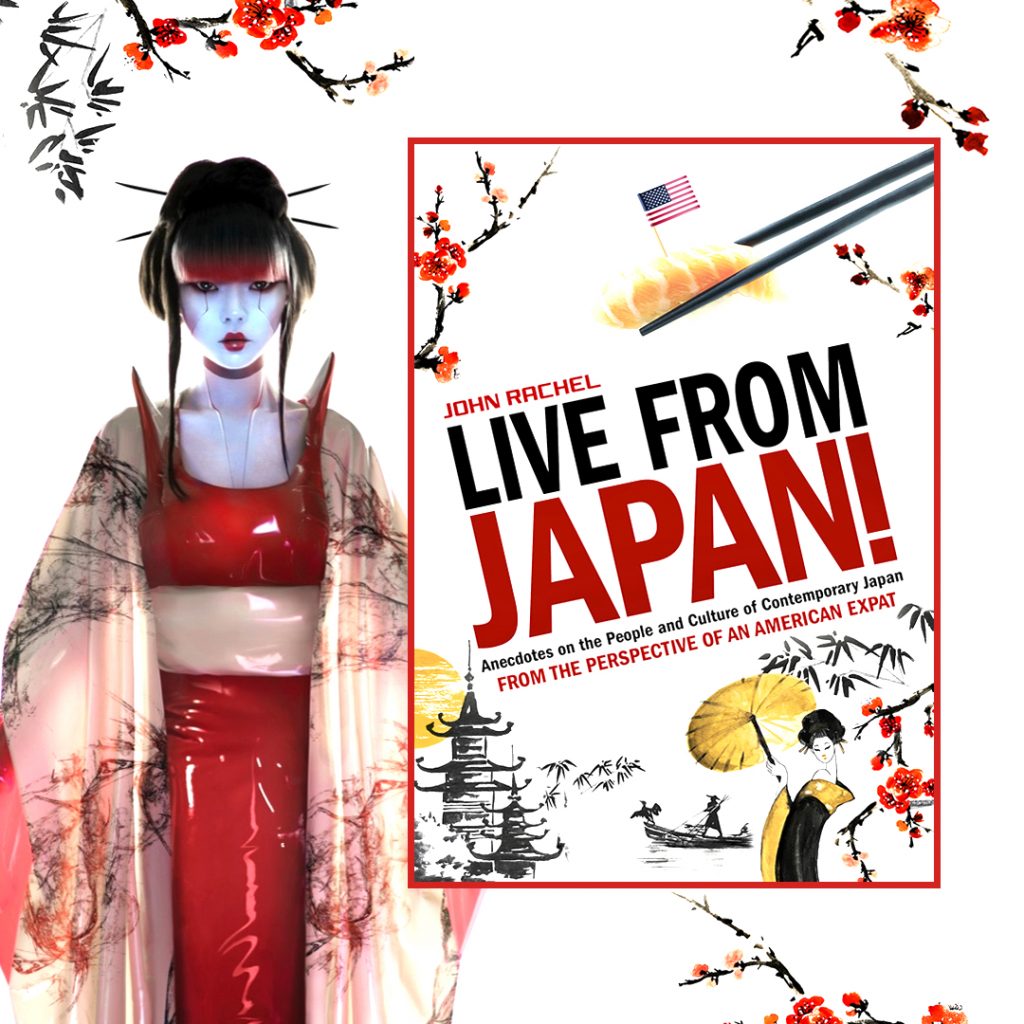

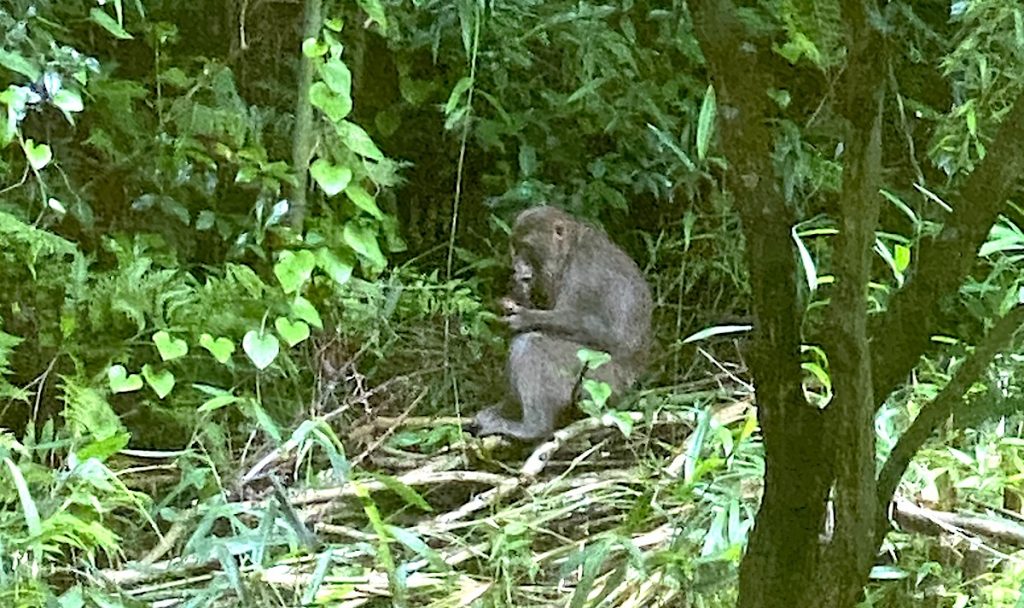


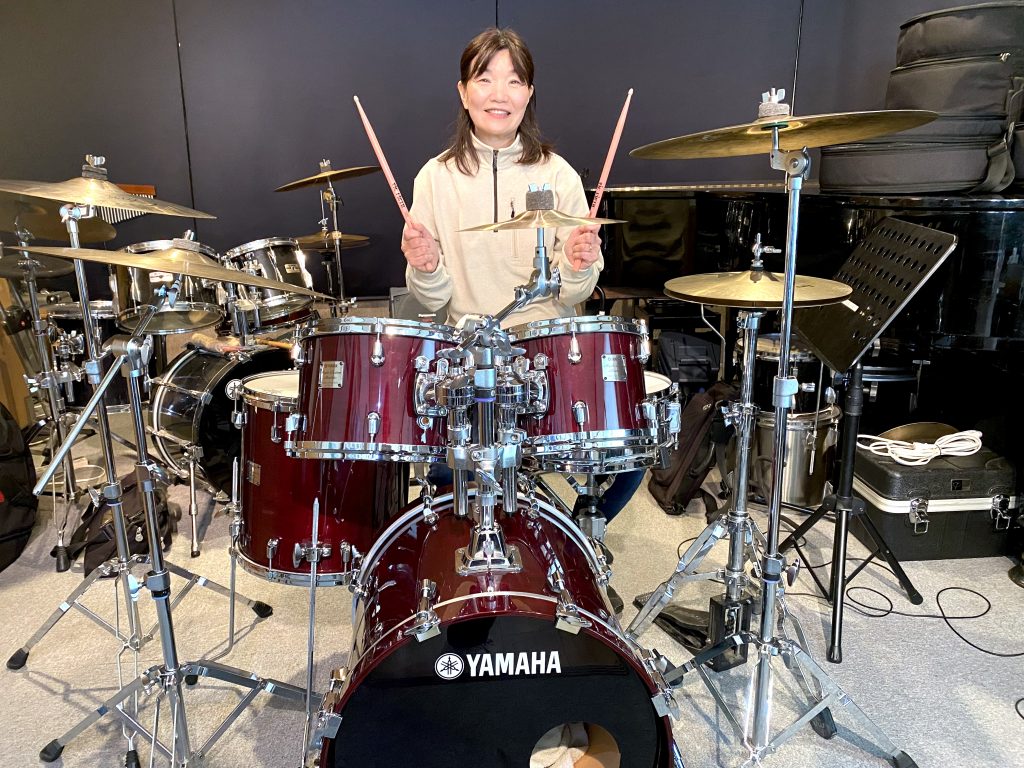
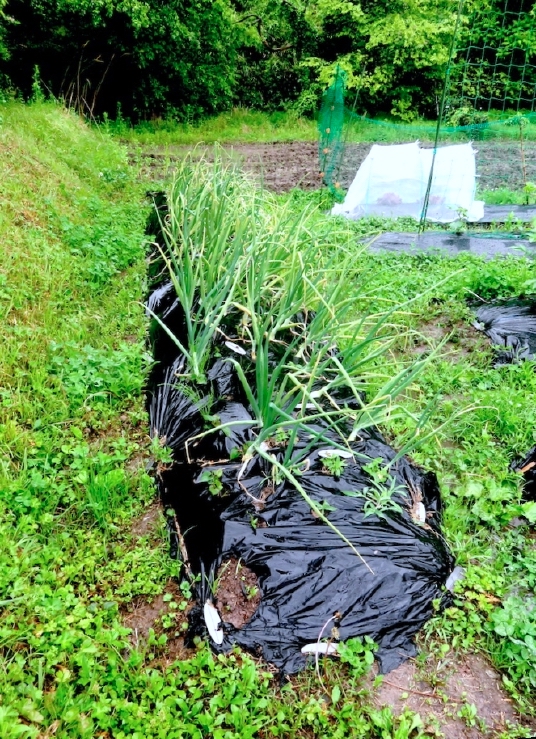

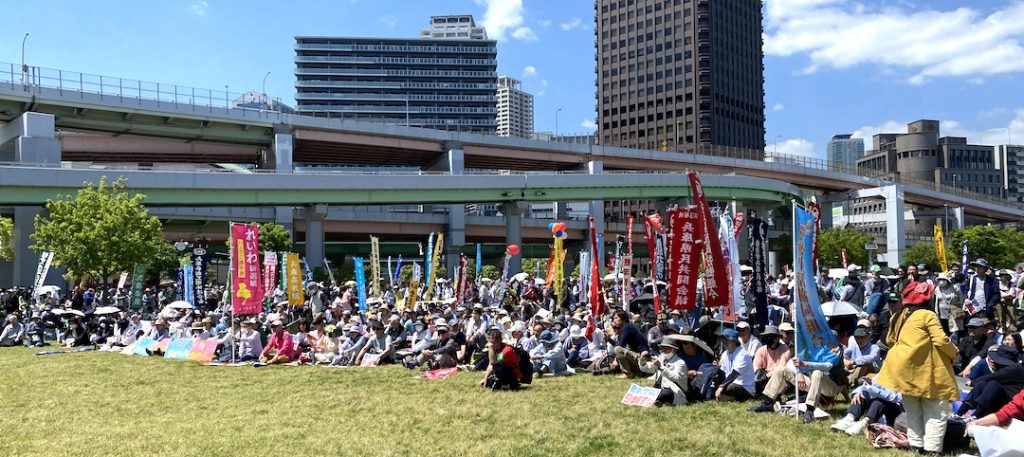

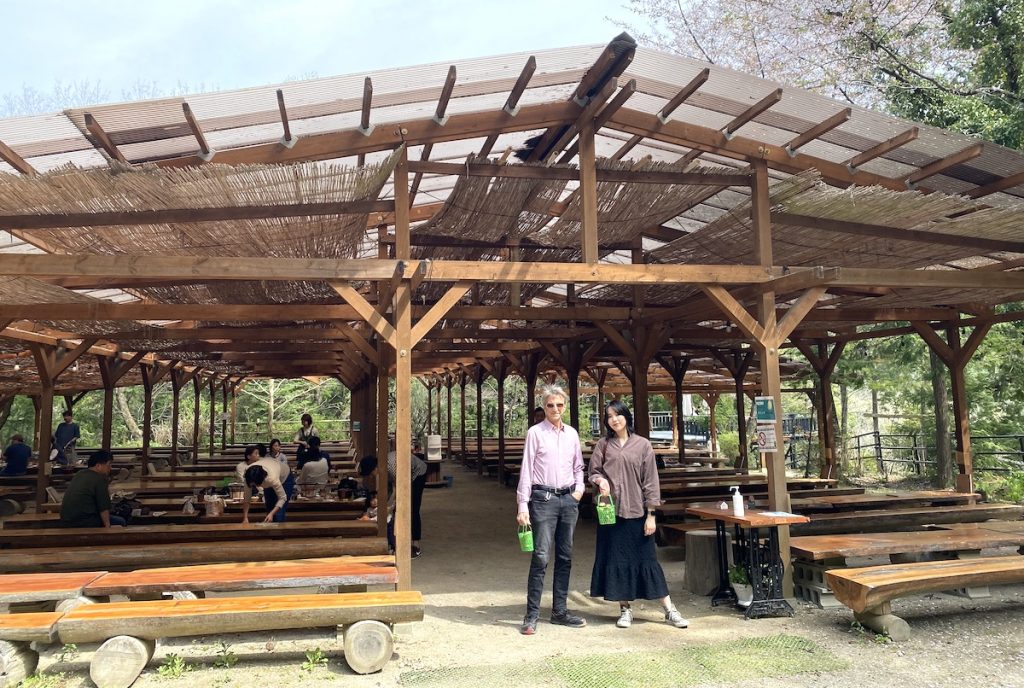
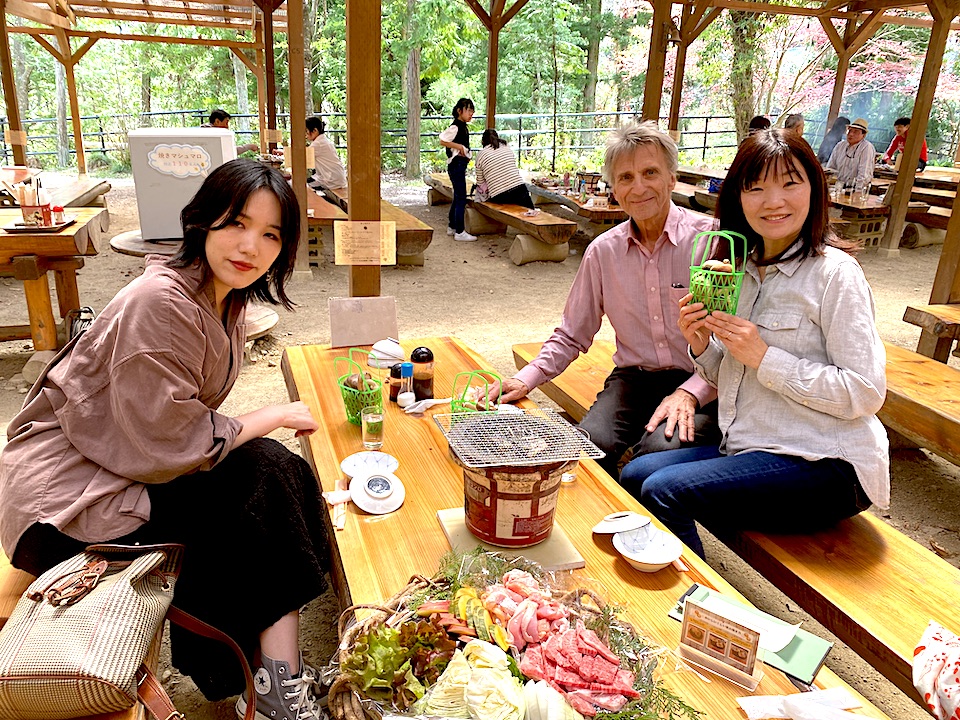



Life In Japan: Dekansho 2024!
This year, Masumi and I pulled out all of the stops for the annual Dekansho Festival. We wore traditional clothing, me a jinbei and her a yukata. Jinbei is summer wear for men, and a yukata is the summer version of a kimono, since a regular kimono would be way too hot this time of year.
The festival was especially groundbreaking for me, since I learned the Dekansho dance! Both evenings Masumi and I danced with the crowd, circling the stage countless times. The music, of course, is performed live. It’s a great feeling dancing with thousands of smiling people, folks of all ages, heights, weights, some shy, some outgoing. What a total hoot!
Which makes me realize why this festival is so special, why it’s becoming more and more popular each year — this year it was often shoulder-to-shoulder, particularly by the food and souvenir booths — with visitors coming from all around to experience this unique celebration.
Dekansho is not just a “spectator festival”. It’s a “participant festival”. It’s like a big party!
If you watched the video, you heard the music and got a quick glimpse of the dancing. Frankly, it’s impossible without using an airborne drone to capture how many people were doing the Dekansho dance. Half of the festival grounds was covered with dancers. Some alone, some in pairs, many in groups of ten to twenty.
You might have also noticed a celebrity appearance by the Japanese mascot/destroyer/mutant, Godzilla. And while we didn’t get a photo of him, Spiderman was there too! The kids loved it.
Yes, the kids. And the old folks (like me). And swarms of teens. And everyone in between.
This is how life should be. A whole community coming together, laughing, smiling, dancing, singing, eating, drinking. Joined by people from surrounding communities, who double or triple the joy of the occasion.
By the way, I thought Masumi looked great! It’s rare I get to see her dressed in traditional Japanese garb.
We were there both days. Despite there being how many attendees? — 10,000? 20,000? — we saw quite a number of folks we know. We ran into two of Masumi’s daughters, their closest friend and her new husband. We saw neighbors from our village. We saw Yuka and Dan. They’re married. Yuka is Japanese, Dan is British. I met Yuka as her English teacher back in 2008. We saw Bodi, a friend from Pokhara, Nepal, who manages a local Nepalese restaurant.
My only regret is that Dekansho only lasts two days. Like I said, isn’t this what life should be like all of the time? Then again, I suppose it wouldn’t be so special if we had it every week or every month.
I guess we just need to figure out how to make every day special, each in its own unique way.
I think I’ll start each day by dancing.
Or maybe I’ll sing as I ride my new bike through the rice and soybean fields . . .
. . . songs about peace . . . friendship . . . kindness . . . celebration . . . love.